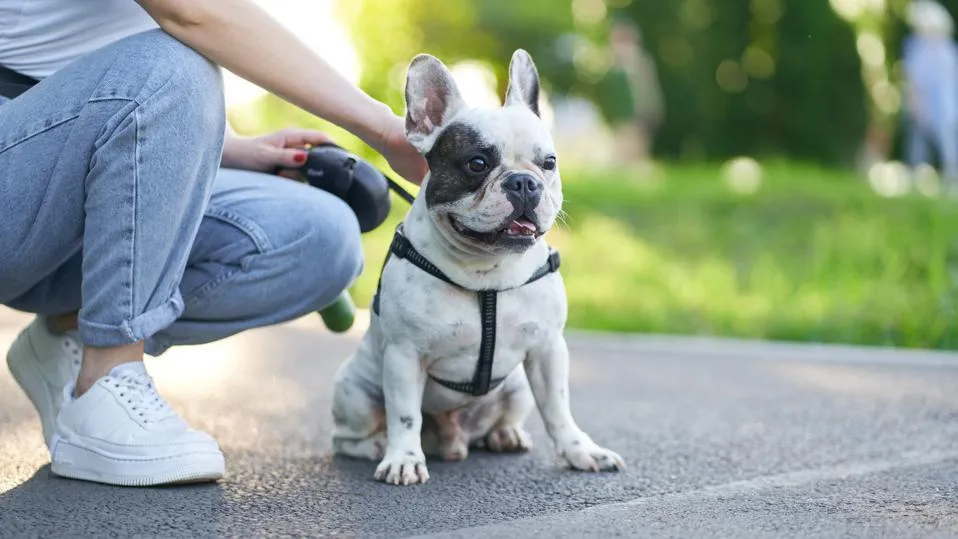The Lhasa Apso, a breed steeped in ancient history and regal charm, has captivated dog lovers for centuries.
These pint-sized guardians, once tasked with protecting Tibetan monasteries, now bring their unique blend of confidence and comedy to homes worldwide.
In this comprehensive guide, we’ll explore everything you need to know about these charismatic canines, from their luxurious coats to their complex personalities.
The Fascinating History of the Lhasa Apso
Originating in the mysterious and remote land of Tibet, the Lhasa Apso boasts a lineage that stretches back over a thousand years.
These dogs were not mere pets but revered guardians, entrusted with the sacred duty of protecting palaces and monasteries high in the Himalayan mountains.

From Tibetan Temples to Western Homes
The journey of the Lhasa Apso from isolated mountaintops to global recognition is a tale of cultural exchange and canine charisma.
In the early 20th century, these dogs began to make their way to the West, quickly winning hearts with their unique appearance and personality.
I remember when I first encountered a Lhasa Apso at a dog show.
Its regal bearing and flowing coat immediately caught my eye, but it was the dog’s alert and intelligent expression that truly captivated me.
It was easy to imagine this small but mighty breed standing guard in an ancient Tibetan monastery.
The Distinctive Lhasa Apso Appearance
One of the most striking features of the Lhasa Apso is undoubtedly its coat.
Long, flowing, and luxurious, this breed’s hair can grow to floor-length, giving them an almost regal appearance.
Coat Care: A Labor of Love
Maintaining that gorgeous coat is no small feat. Lhasa Apsos require regular grooming to keep their hair free of tangles and mats.
Daily brushing is often necessary, and many owners opt for professional grooming every 4-6 weeks.
Beyond the Coat: Physical Characteristics
While the coat may steal the show, there’s more to the Lhasa Apso’s appearance:
- Size: Small but sturdy, typically standing 10-11 inches tall and weighing 12-18 pounds
- Eyes: Dark, expressive, and often hidden behind a curtain of hair
- Ears: Pendant-shaped and heavily feathered
- Tail: High-set and carried over the back in a graceful arch
The Complex Personality of the Lhasa Apso
Don’t let their small size fool you – Lhasa Apsos have big personalities.
These dogs are known for their confidence, intelligence, and sometimes stubborn nature.

The Family Comedian
Within their family circle, Lhasa Apsos often take on the role of entertainer.
Their playful antics and mischievous behavior can keep their owners laughing for hours.
I once watched a Lhasa Apso repeatedly steal and hide his owner’s socks, only to ‘present’ them proudly hours later as if he’d found a great treasure.
Aloof with Strangers
True to their watchdog heritage, Lhasa Apsos can be wary of unfamiliar faces.
This breed tends to be reserved, even aloof, with strangers, making them excellent little guard dogs despite their size.
Training Challenges and Rewards
Training a Lhasa Apso can be both challenging and rewarding.
Their intelligence means they can learn quickly, but their independent nature sometimes translates to stubbornness.
Patience, consistency, and positive reinforcement are key to successfully training these smart little dogs.

Health Considerations for Lhasa Apsos
Like all breeds, Lhasa Apsos have some health issues to be aware of:
- Eye problems: Prone to conditions like progressive retinal atrophy
- Kidney issues: Some Lhasas may develop kidney problems later in life
- Skin allergies: Their thick coats can sometimes lead to skin irritations
Regular vet check-ups and a healthy diet can help mitigate many of these potential issues.
Is a Lhasa Apso Right for You?
Before bringing a Lhasa Apso into your life, consider:
- Do you have time for daily grooming?
- Are you patient enough to handle a sometimes stubborn dog?
- Do you want a small dog with a big personality?
- Can you provide plenty of mental stimulation for an intelligent breed?
If you answered yes to these questions, a Lhasa Apso might be your perfect canine companion.
Living with a Lhasa Apso: Tips and Tricks
To make life with your Lhasa Apso as enjoyable as possible:
- Start socialization early to help temper their wariness of strangers
- Invest in quality grooming tools to keep their coat in top condition
- Provide plenty of mental stimulation through games and puzzles
- Be consistent with training, using positive reinforcement techniques
- Regular exercise is important, but they don’t need excessive amounts
Remember, every Lhasa Apso is an individual. While these guidelines apply to many, your dog may have its own unique quirks and needs.
In conclusion, the Lhasa Apso is a fascinating breed that brings a touch of Tibetan mystique to the modern home.
Their combination of regal bearing, comedic charm, and loyal nature makes them a truly unique companion.
Whether you’re drawn to their stunning appearance or intrigued by their complex personality, a Lhasa Apso is sure to bring joy, laughter, and a bit of attitude to your life.
Have you had experiences with Lhasa Apsos? We’d love to hear your stories and insights in the comments below!
And if you found this guide helpful, don’t forget to share it with other dog lovers who might be considering bringing a Lhasa Apso into their lives.
Breed information
| Characteristic | Information |
|---|---|
| Name | Lhasa Apso |
| Origin | Tibet |
| Group | Non-Sporting Group |
| Size | Small |
| Height | 10-11 inches (25-28 cm) |
| Weight | 12-18 lbs (5.5-8 kg) |
| Lifespan | 12-15 years |
| Coat | Long, dense, and flowing |
| Color | Various colors including gold, white, black, and tan, among others |
| Temperament | Affectionate, alert, loyal, independent |
| Energy Level | Moderate |
| Exercise Needs | Moderate; daily walks and playtime |
| Intelligence | Average; can be somewhat independent and stubborn |
| Trainability | Moderate; benefits from consistent, positive reinforcement training |
| Grooming Needs | High; requires regular brushing and professional grooming to manage the long coat |
| Shedding | Low |
| Health Issues | Hip dysplasia, eye issues (e.g., cataracts), patellar luxation, skin problems |
| Diet | High-quality dog food; typically 1-1.5 cups per day depending on activity level and size |
| Good with Children | Generally good, especially if socialized from an early age |
| Good with Other Pets | Can be good with other pets if properly socialized; may have a strong personality |
| Barking | Moderate to high; known for being alert and vocal |
| Adaptability | Adaptable to various living situations, but requires regular grooming due to coat type |
| Trainability | Can be a bit challenging; benefits from early training and socialization |
| AKC Classification | Recognized by the American Kennel Club (AKC) |
Sources:
- American Kennel Club (AKC) – Lhasa Apso Breed Information
- The Kennel Club (UK) – Lhasa Apso Breed Standard
- Vetstreet – Lhasa Apso Overview


















